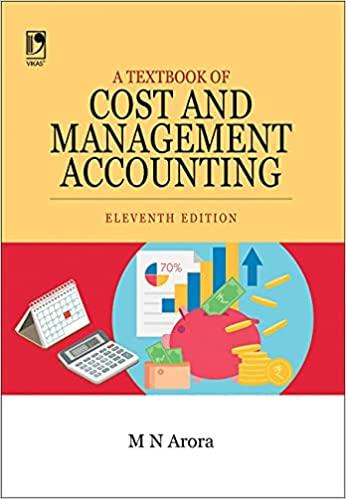Question
Agatha is planning to start a new business venture and must decide whether to operate as a sole proprietorship or incorporate. She projects that the
Agatha is planning to start a new business venture and must decide whether to operate as a sole proprietorship or incorporate. She projects that the business will generate annual cash flow and taxable income of $100,000. Agathas personal marginal tax rate, given her other sources of income, is 35 percent.
a. If Agatha operates the business as a sole proprietorship, calculate the annual after-tax cash flow available for reinvestment in the business venture.
b. If Agatha operates the business as a regular C-corporation that makes no dividend distributions calculate the annual after-tax cash flow available for reinvestment in the business.
c. Now suppose that Agatha wishes to withdraw $20,000 per year from the business, and will reinvest any remaining after-tax earnings. What are the tax consequences to Agatha and the business of such a withdrawal if the business is operated as a sole proprietorship? How much after-tax cash flow will remain for reinvestment in the business? How much after-tax cash flow will Agatha have from the withdrawal?
d. What are the tax consequences to Agatha and the business of a $20,000 withdrawal in the form of a dividend if the business is operated as a C corporation? How much after-tax cash flow will remain for reinvestment in the business? How much after-tax cash flow will Agatha retain from the dividend?
e. If Agatha wishes to operate the business as a corporation but also wishes to receive cash flow from the business each year, what would you recommend to get a better tax result?
Step by Step Solution
There are 3 Steps involved in it
Step: 1

Get Instant Access to Expert-Tailored Solutions
See step-by-step solutions with expert insights and AI powered tools for academic success
Step: 2

Step: 3

Ace Your Homework with AI
Get the answers you need in no time with our AI-driven, step-by-step assistance
Get Started


